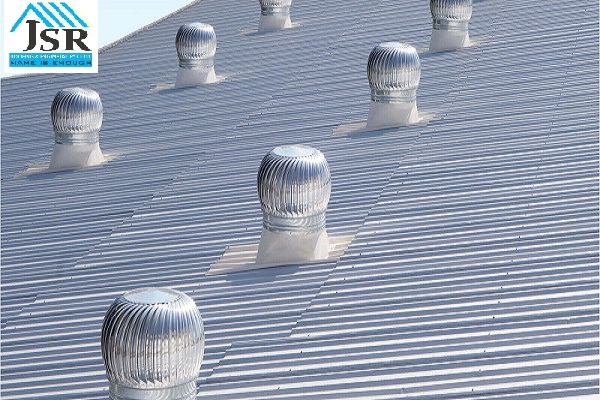How Turbo Ventilator Works?
Understanding Turbo Ventilators: How They Work and Their Benefits
When it comes to improving air circulation and ventilation in various spaces, turbo ventilators are a popular choice. But what is a turbo ventilator? In this blog, we’ll explore what these devices are, how turbo ventilators work, and even draw a connection to how turbofans work in different applications.
What is a Turbo Ventilator?
A turbo ventilator is a mechanical device designed to enhance air movement and ventilation in enclosed spaces. Commonly used in industrial settings, commercial buildings, and even residential homes, turbo ventilators rely on wind energy to extract stale air and bring in fresh air. They are often installed on rooftops or in areas where natural airflow can be harnessed.
Key Features:
- Energy Efficient: Turbo ventilators do not require electricity to operate, making them a cost-effective option for ventilation.
- Environmentally Friendly: By using natural wind energy, they reduce reliance on mechanical systems that consume electricity.
- Low Maintenance: With minimal moving parts, turbo ventilators are generally easy to maintain and have a long lifespan.
How Turbo Ventilators Work?
So, how do turbo ventilators work? The operation is quite simple yet effective. Here’s a breakdown of the process:
Harnessing Wind Energy: Turbo ventilators are equipped with a turbine that spins when wind blows over it. This spinning motion creates a low-pressure area inside the ventilator.
Air Extraction: As the turbine spins, it draws stale and hot air out of the building, effectively reducing indoor temperatures and improving air quality.
Natural Inflow: The negative pressure created by the turbine allows cooler, fresher air to enter through windows or vents, ensuring a continuous flow of air.
This natural ventilation process can lead to significant energy savings by reducing the need for air conditioning systems, especially in hot climates.
How Turbofans Work?
While we’ve focused on turbo ventilators, it’s interesting to note similarities with how turbofans work in aviation and other industries. Turbofans are a type of jet engine that utilizes a fan at the front to draw in air. Here’s how they operate:
Air Intake: Air enters through the front of the engine and is split into two streams: one passes through the engine core, while the other goes around it.
Compression and Combustion: The air that enters the core is compressed, mixed with fuel, and ignited, creating high-pressure exhaust gases.
Thrust Generation: The exhaust gases exit through the rear, while the bypass air (the air that went around the engine) contributes to thrust, making turbofans efficient and quieter than other jet engines.
Conclusion
Turbo ventilators and turbofans, though used in very different contexts, share fundamental principles of airflow and pressure management. Understanding what a turbo ventilator is, how turbo ventilators work, and the mechanics of how turbofans work can help us appreciate the importance of effective ventilation in various environments. Whether in a building or in aviation, efficient air movement plays a crucial role in comfort and performance.

